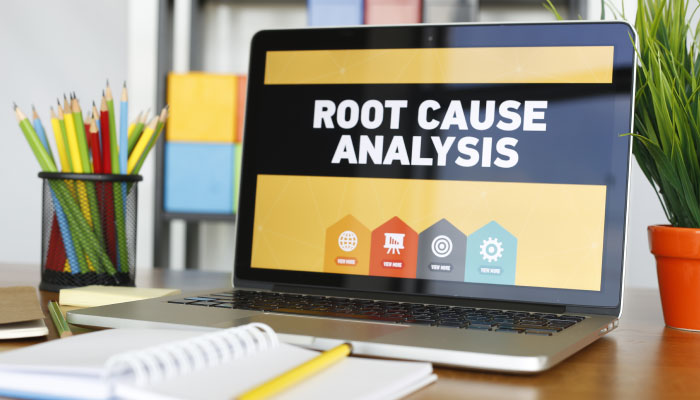Begin by calling them workplace ‘incidents’ instead, says OSHA warns
“Incidents” and “accidents” are often used interchangeably to describe loss events, but they are not the same. A workplace incident is a near miss, while an accident involves a loss. Workplace accidents cost billions of dollars each year, and the financial pain can grow if OSHA arrives and starts handing out violations.
Despite the distinction, you should investigate both incidents and accidents, OSHA says, so that you learn preventative measure from your mistakes. That’s why it’s essential to know how to conduct an effective investigation, says industry expert Sheldon Primus.
‘Incidents’ are not random, unpreventable events
OSHA recommends that you “investigate all incidents in which a worker was hurt, as well as close calls in which a worker might have been hurt if the circumstances had been slightly different,” the agency notes on its incident investigation overview page.
To that end, the agency encourages employers to use the term “incident,” not “accident,” since the latter suggests a random and unpreventable event. Not so, says OSHA: “nearly all worksite fatalities, injuries, and illnesses are preventable.”
There are several benefits to conducting a thorough investigation, the agency adds. A proper incident investigation can:
- Identify hazards in operations
- Identify safety and health program shortcomings
- Enable employers and employees to identify and implement corrective actions
- Improve workplace morale and increase productivity
Since each party has a different perspective and understanding of workplace functions, investigations should include supervisors, managers, and employees.
Be Alert, Keep Things Tidy—and Investigate Mistakes
There are a variety of fairly simple strategies to prevent accidents in the workplace. The challenge is in creating a culture in which employees habitually heed them—and unearthing the underlying reasons why they don’t or can’t.
Start here: Independence Incorporated, which consults on rehab and return to work issues, suggests these key steps for employees:
- Always be alert
- Don’t rush work
- Wear the required safety gear
- Follow instructions exactly
- Insist upon proper training
Workplace safety firm Arbill adds a few more:
- Don’t take shortcuts
- Pay close attention when in transit—e.g., driving a workplace vehicle
- Actively address very hot or cold work conditions
- Keep a clean work space
Next: While helpful, such tenets only get you so far. To learn from past accidents and missteps, you must “address the underlying, system-related causes of incidents,” explains the Center for Chemical Process Safety. That’s where the incident investigation comes in.
Do This: Look for Failure Patterns to Prevent Workplace Accidents
A proper incident investigation should take a long-range view of the workplace to check for trends that need to be addressed.
“This process also manages the resolution and documentation of recommendations generated by the investigations,” the Center for Chemical Process Safety explains. There should be full documentation of incidents and near misses.
Paperwork: Document your investigation results in a “standard incident report form,” the organization suggests. “Other types of work products may include up-to-date incident summary lists, action item tracking summaries, and trending data such as incident characteristics, causes, and recommendations.”
With workplace incidents potentially harming workers, resulting in lost productivity, and perhaps leading to OSHA punishment, there are plenty of reasons to conduct a root cause analysis, says Primus—and the process should begin now, before an incident even happens.
Additional reading : OSHA & Women in Construction
Reference: https://www.arbill.com/safety-resources/prevent-workplace-accidents
(This post first appeared in a ProfEd blog)
By Jeff S on 9th October 2018




